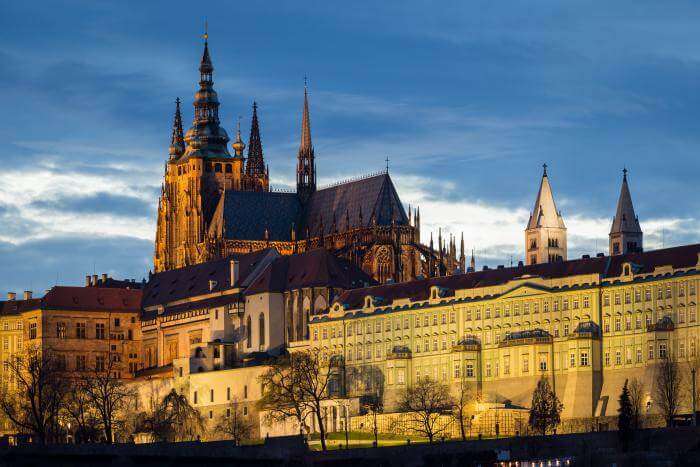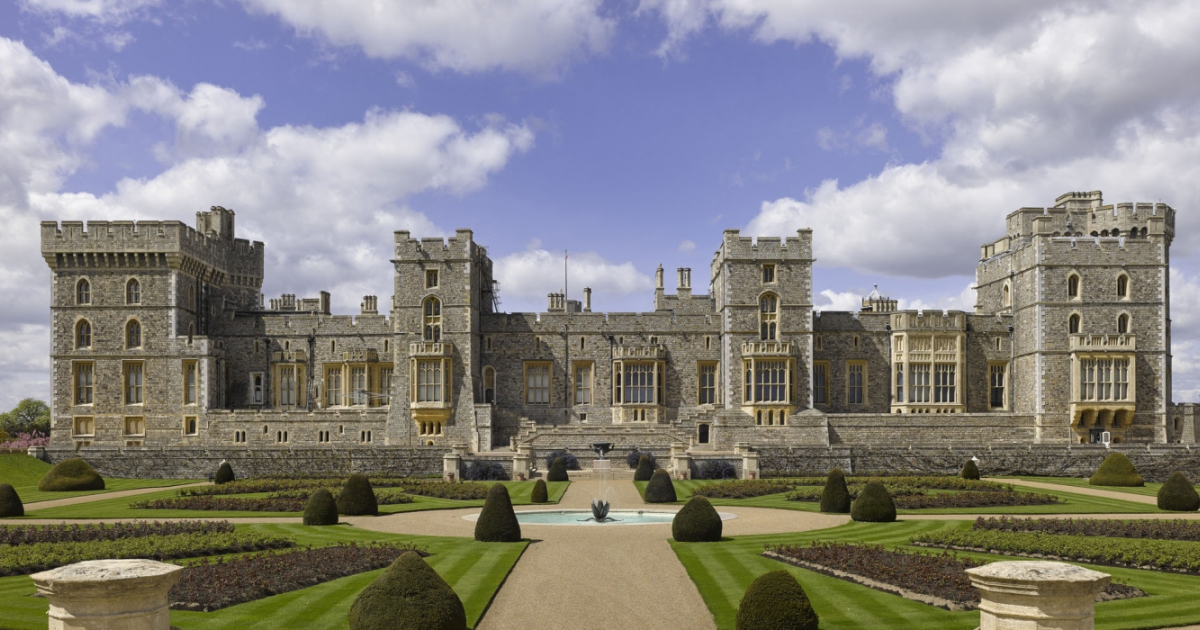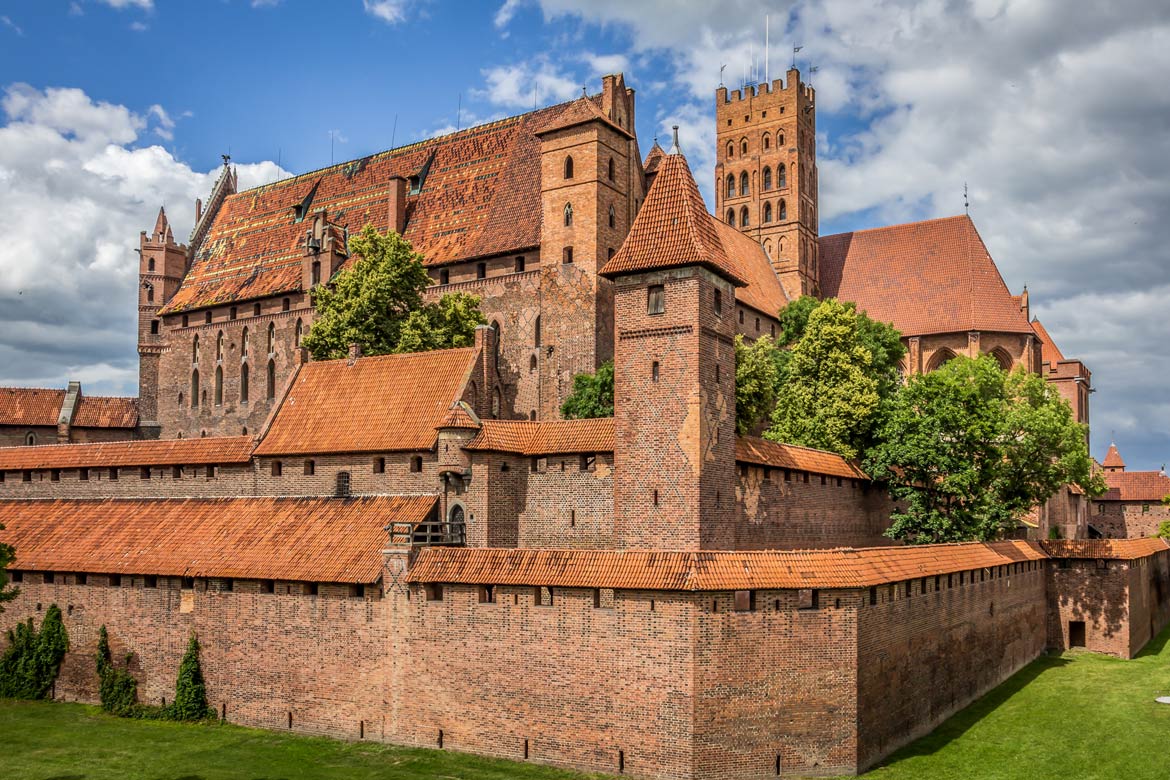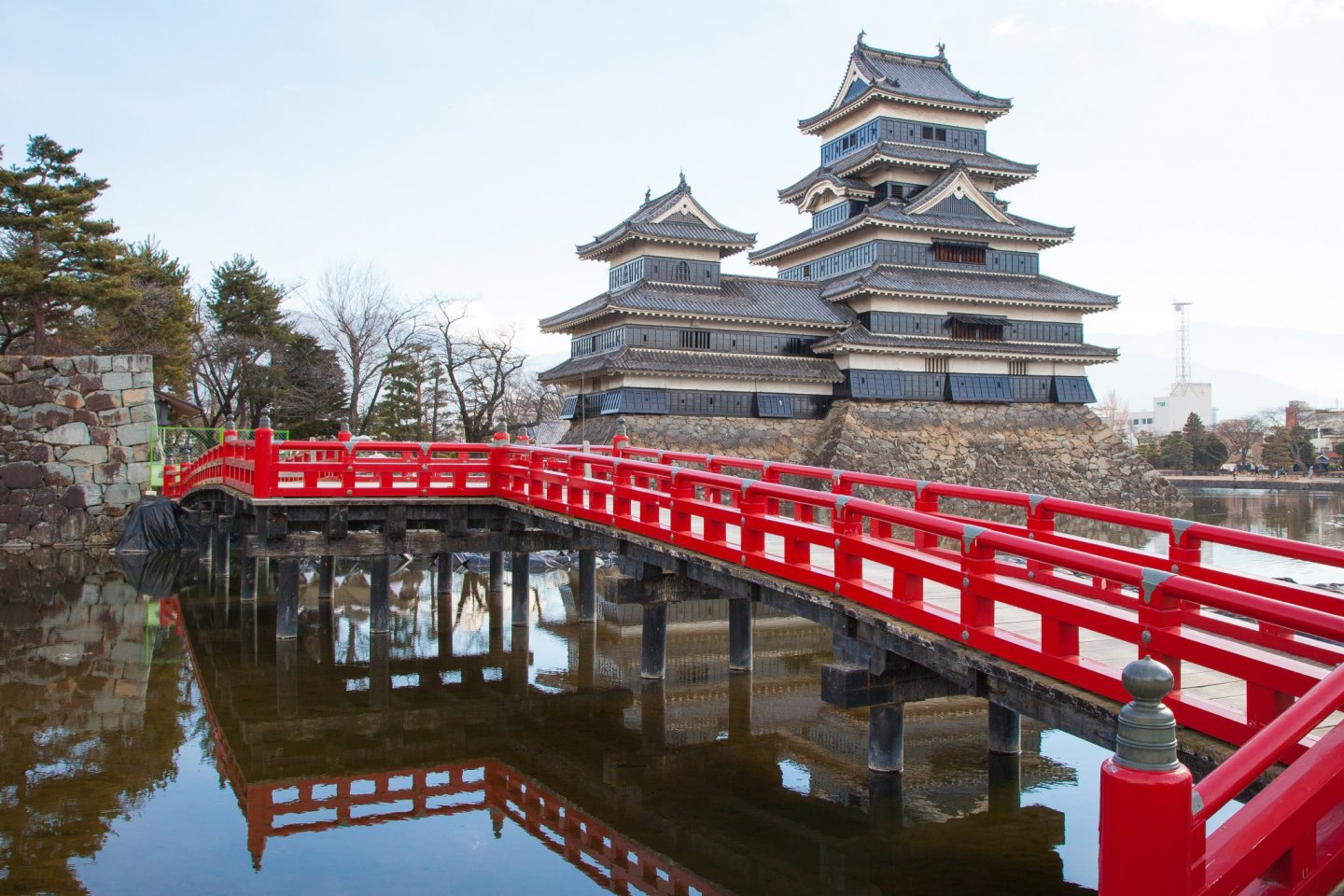Castles capture our imaginations unlike any other structures from the past. Their soaring towers, imposing walls, secret passages, and rich histories transport us to a romanticized version of the Middle Ages that continues to inspire literature, films, and dreams.
While thousands of medieval castles dot the landscapes of Europe and beyond, some stand out for their stunning architecture, dramatic settings, and enduring mystique. Here are 10 of the most beautiful medieval castles in the world.
Alcázar of Segovia, Spain

Rising from a rocky crag above the confluence of two rivers in central Spain, the Alcázar of Segovia boasts a distinctive triangular shape and imposing terraces. Originally built as a fortress in the 11th century, the Alcázar was expanded over the next several hundred years by successive rulers. It served as a royal palace, a state prison, and a Royal Artillery College before being established as a museum in the early 20th century. The towering castle features various turrets, a deep moat, lush gardens, and a large central patio. The halls and rooms inside showcase a mix of Romanesque, Gothic, Mudéjar, and Renaissance architectural styles, along with art treasures. One of the highlights is the Hall of Kings, adorned with busts and statues of rulers from Judah.
Mont Saint-Michel, France

Instantly recognizable for its sublime location on a small rocky island just off the Normandy coast, Mont Saint-Michel has been an important pilgrimage site since the 8th century. The vast abbey at the top was begun in the 11th century and transformed over centuries into a spectacular vision of vaults, spires, flying buttresses, and intricate carvings. Surrounded by winding medieval streets and sturdy ramparts, the abbey looks like something from a fairy tale as it rises above the sea. The bay around Mont Saint-Michel is famous for having one of the largest tidal ranges in the world, creating an entirely different landscape at high and low tides.
Edinburgh Castle, Scotland
:max_bytes(150000):strip_icc()/DSC_6329-e37a46e4293548318de4ed1d6a32c5fb.jpg)
Crowning a volcanic crag overlooking the capital city of Scotland, Edinburgh Castle commands a strategic position above the Old Town. Humans have occupied this site since at least the Iron Age, and the current castle layout reflects the architectural legacy of centuries of rulers. The foreboding outer defenses include the iconic Half Moon Battery, constructed in the 16th century. Inside, highlights include the Scottish National War Memorial, the royal palace apartments used by Mary Queen of Scots in the 16th century, the Crown Room displaying the Scottish Crown Jewels, and the famous 15th century siege gun Mons Meg. The One O’Clock Gun has been fired daily since 1861. The castle offers awe-inspiring views over Edinburgh and beyond.
Prague Castle, Czechia

Sprawling over 750,000 square feet, Prague Castle is one of the largest castle complexes in the world. Founded in the 9th century, the castle became a seat of power for kings of Bohemia, Holy Roman emperors, and presidents of Czechoslovakia. The remarkable St. Vitus Cathedral lies at the heart of the complex, begun in 1344 in a grand Gothic style. Other architectural standouts include the Romanesque Basilica of St. George, the Convent of St. George with its distinctive Baroque facade, and the Golden Lane lined with tiny colorful houses. Labyrinthine lanes, lush gardens, and magnificent views over Prague add to the romance. Prague Castle continues to be the official residence of the President of the Czech Republic.
Windsor Castle, England

The world’s largest and longest-occupied castle, Windsor Castle has been a royal home and fortress for over 900 years. William the Conqueror initiated work on the castle in the 11th century to guard the western approach to London. Successive monarchs expanded Windsor, favoring it as a primary residence. Richly furnished apartments fill the Upper Ward, while the distinctive rounded chapel was founded by Edward IV in the late 15th century. The Lower Ward is home to St. George’s Hall, used for state banquets. Queen Elizabeth II spends many weekends at Windsor, and Prince Harry married Meghan Markle in St. George’s Chapel here in 2018. Windsor Castle encapsulates a millennium of British history like nowhere else.
Malbork Castle, Poland

The largest castle in the world by surface area, Malbork Castle was built by the Teutonic Knights in the 13th century and expanded over the next several centuries. This brick fortress on the bank of the Nogat River was key to the Knights’ power in East Central Europe and served as their headquarters. The majestic Castle of the High Master towers above the impressive outer fortifications and the Knights’ Hall, one of the best preserved sacral spaces of the Teutonic Order. After being heavily damaged in World War II, restoration efforts at Malbork Castle have been ongoing. This medieval marvel gives deep insight into the world of the Crusaders in Europe.
Neuschwanstein Castle, Germany
:max_bytes(150000):strip_icc()/01-neuschwanstein-castle-bavaria-NEUSCHWANSTEIN0417-273a040698f24fc1ac22e717bb3f1f0c.jpg)
Rising from the rugged Bavarian hills southwest of Munich, Neuschwanstein seems to come straight from a fairy tale. This iconic castle was commissioned in the late 19th century by King Ludwig II of Bavaria, though he died before its completion. The extravagant Romanesque Revival design was heavily influenced by Wagner’s operas. The interiors feature richly decorated walls and ceilings, stained glass windows, magnificent halls, and technologically advanced amenities well ahead of their time. Perched on a jagged cliff with towers soaring into the sky, Neuschwanstein inspired the Sleeping Beauty Castle at Disneyland and continues to draw over a million visitors per year.
Bodiam Castle, England

Surrounded by a glassy moat and lush greenery, Bodiam Castle in East Sussex has captivated visitors for centuries with its picture perfect appearance. Built in the late 14th century and little altered since then, Bodiam was designed as both a stately home and a fortress. Distinctive features include the imposing gatehouse entrance, four rounded corner towers, and arrow slit windows in the outer walls. Inside the courtyards are ruined living chambers, a chapel, and the remains of a grand hall. The grounds encompass gardens, stone bridges across the moat, and a large lake. Evocative of an idealized medieval castle, Bodiam has often served as a filming location.
Moszna Castle, Poland
With its eclectic mix of architectural styles, Moszna Castle is one of the most unusual castles in Europe. Nestled in a spacious park near Opole in southwest Poland, this Baroque castle was originally constructed in the 17th century and later enlarged with Renaissance, Neo-baroque, and Neo-gothic elements. The historic interiors feature grand staircases, carved wood paneling, elaborate Moldavian tiles, and 365 windows of various sizes and shapes. Other highlights include the castle chapel, a carriage house, beautifully tended gardens, and an orangerie. Over its centuries of existence, Moszna Castle has served the noble Hochberg family, Prussian rulers, and the Red Army.
Matsumoto Castle, Japan

Showcasing traditional Japanese castle architecture, Matsumoto Castle is considered one of Japan’s premier historic castles. Dating back over 400 years, the imposing five-story castle is a dramatic black and white contrast to the Japanese Alps. A dreamlike inner moat and stone walls surround the keep, which was protected by barriers, traps, hidden gates, and narrow staircases. Inside, crossbeams designed to catch and deflect arrows line the sixth floor ceiling, and pillars tilt outward to disrupt footing during earthquakes. The castle’s Moon Viewing Tower offers panoramic vistas over Matsumoto. Carefully preserved and authentically restored, Matsumoto Castle provides a window into Japan’s feudal past.
Beyond their striking presence on the landscape, these castles give us a tangible connection to kings and queens, knights and battles, myths and legends. Though full of tourists today, they echo with whispers of banquets and treachery, coronations and imprisonment, scandals and secrets, loss and renewal across the centuries. For medieval romance in tangible form, visit the world’s most beautiful castles.
Did you like this article? Do not hesitate to share it on social networks and subscribe to Discover the World on Google News to not miss any articles!:max_bytes(150000):strip_icc()/01-neuschwanstein-castle-bavaria-NEUSCHWANSTEIN0417-273a040698f24fc1ac22e717bb3f1f0c.jpg?w=1500&resize=1500,938&ssl=1)